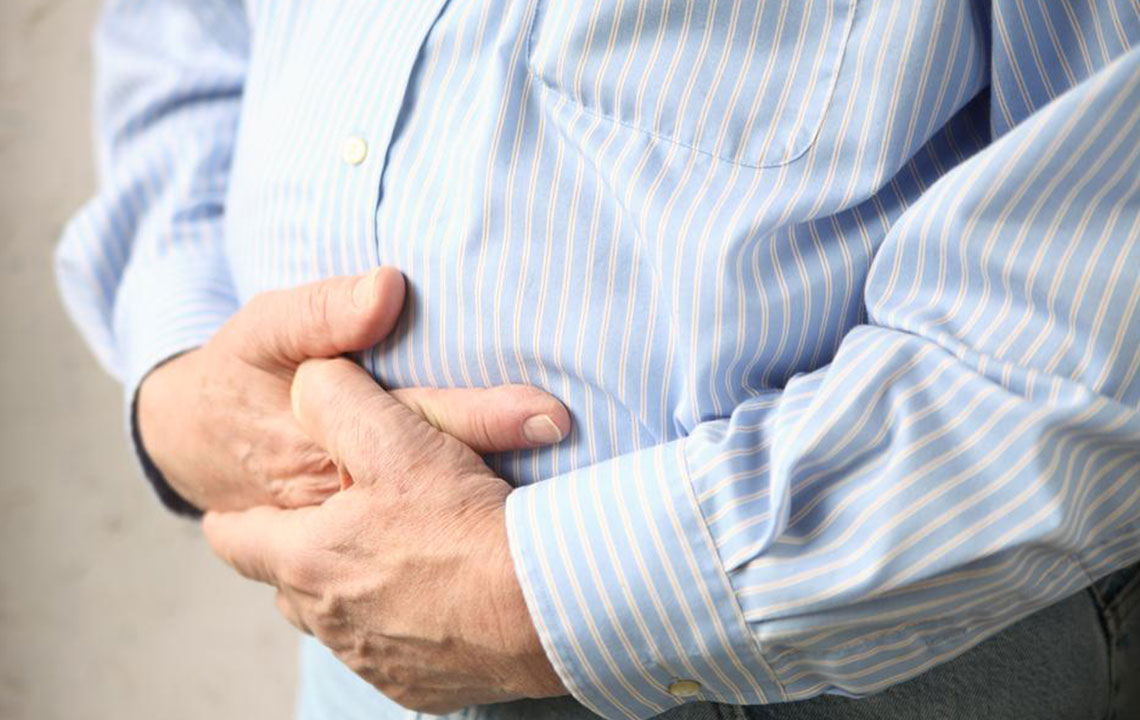Essential Guidelines to manage Diverticulitis
Diverticulitis, also known as colon diverticulitis, is a digestive disorder that includes a spectrum of conditions. These conditions may range from asymptomatic diverticulitis to symptomatic uncomplicated diverticulitis and complicated diverticulitis that includes chronic or acute diverticulitis. Diverticulitis occurs as a result of inflammation of one or more diverticula, which are numerous tiny pockets that form in the colon wall. Chronic diverticulitis can be extremely painful and require medical attention.
Causes and symptoms
Researchers are yet to figure out the actual cause of diverticulitis. However, they think that a low-fiber meal plan may play a role. Without sufficient fiber, the colon needs to overwork in order to push the stool forward.

Diverticulitis treatment guidelines depend on the severity of the symptoms. The symptoms of diverticulitis may last for few hours to several days.
- Stomach pain, tenderness or cramps on the lower side of the abdomen, which may become more severe while performing any movement
- Diarrhea or constipation
- Fever and chills
- Feeling of fullness or not feeling like eating
- Bloating and gas
- Nausea and sometimes vomiting
Treatment
Patients with diverticulitis symptoms should follow diverticulitis treatment guidelines. In most cases, a brief bout of diverticulitis goes away if managed witht he right treatment.
- Treatments to relieve pain
- Monotherapy for the outpatient treatment of uncomplicated diverticulitis
- Lifestyle modifications, including changes in food (doctors may suggest a low fiber meal plan until the pain stops, then gradually increase fiber intake)
However, if the pain is severe and the patient is unable to drink any liquid, then hospital stay is recommended with a different treatment plan.
- Healthcare experts may suggest monotherapy with other treatments.
- The doctor may prohibit any food or drink by mouth for up to a week to allow the bowel to rest. During this time, the patient is allowed only intravenous fluids and nutrition.
- Once these symptoms are resolved, the patient may have a minimum fiber meal plan as tolerated and afterward maintain a high-fiber intake.
- Colonoscopy or barium enema with flexible sigmoidoscopy ought to be done after this episode to exclude the possibility of cancer, ischemia, or other inflammatory bowel diseases.
Surgeries
In rare cases, complications such as abscess, perforation, or bowel obstruction are not managable with the usual treatments. To treat these conditions, doctors may perform operations to remove the affected part of the intestine. If the patient is young, had an impaired immune system, and faced two or more severe attacks, the doctors may perform a non-urgent surgery.
The surgical process involves removal of the infected part of the large intestine and reconnecting the remaining parts. Doctors may perform more than one surgery, depending on the severity of the problem. A colostomy is performed in between the surgeries: it is a process where the intestine is sewn to an opening made in the abdomen skin. The stool passes out of the body into a disposable bag. A colostomy is removed in the later stage, and the intestine is reconnected.
Your physician may suggest surgeries as per diverticulitis treatment guidelines if you have certain problems.
- Repeated occurrence of diverticulitis (two or more severe attacks)
- High risk of repeated attacks
- Formation of an abnormal opening in between the colon and an adjacent organ
As per the diverticulitis treatment guidelines, the infected part of the colon is required to be removed, if you have specific complications.
- Formation of an infected pouch in the colon wall that has ruptured into the abdominal cavity
- Blocked colon or narrow spot
- Infection that spreads through the blood to the other parts of the body
- Repeated to severe bleeding that does not stop with other treatments
In standard terms, surgery is usually successful, although it may not completely cure the disease. An estimated 6 out of 100 people suffering from diverticulitis may require surgery. After undergoing surgery, an estimated one in 12 patients may face a recurrence of the symptoms. In an emergency condition, the success rate depends on how unwell you are when you require the operation.


